Capturing the Extraordinary in the Everyday: A Conversation with Alex Galmeanu
- Cristina Sandu

- Apr 12
- 8 min read
For over two decades, Alex Galmeanu has mastered the art of photography, consistently pushing the boundaries of creativity and technique. His work has not only graced the pages of well-known publications like The New York Times Travel, Vogue, and The Financial Times but has also found its way into the archives of Getty Images, where over 3,000 of his images have been published. Alex Galmeanu, known for capturing both intimate and grand moments, has developed a distinctive photographic style that brings the beauty of everyday life to the forefront.
In this conversation, we dive deep into his creative process, the evolution of the photography industry, and the key projects that have defined his career. From his impactful social campaigns to his global exhibitions, including a groundbreaking show in Iceland, Alex Galmeanu reveals how he continually finds inspiration in the most unexpected places.
First and foremost, you've been working as a professional photographer since 1998. How do you keep your work fresh and relevant?
I don’t have such a plan, and I’m not sure if my work is fresh and relevant. Seeing it from the inside is a completely different experience than seeing it from the outside. I think I’m simply curious about how life evolves. I want to learn, experiment with new approaches, explore new technologies, and entertain new ideas. My main goal isn’t relevance or freshness, though I do appreciate when others describe my work that way. Rather, it’s a sense of joy and humility about what life has given me, the ability to witness this incredible spectacle called "life" and the opportunity to document it.
What has changed the most in the industry over the past two decades?
Oh, I could write a book about the changes. Technical changes are more obvious, from film to digital and computerized photography, but the psychological and philosophical changes are greater and more subtle. Nowadays, everyone is a photographer, but somehow, good photographers are rarer than before. Being a good photographer today is a different story from what it was decades ago. Somehow, the technical ability of a photographer has become less important than their capacity to see and understand life around them. The “tools” of a good photographer are more philosophical than ever. Everybody owns a good camera; nowadays, a smartphone is a perfect one. It’s no longer a technical contest but more a contest of ideas.
At almost every level of society, photography is becoming a truly universal language; it’s not necessarily an art anymore but a tool to communicate and converse. Still, it remains an art, similar to the art of writing and the power of words. Of course, on the downside, we are in a period of transition, and the noise is strong. Not every trend is good, and not every photographer is proficient. At some point, the industry will understand that even though everyone can be a photographer, not everyone is meant to be a photographer.
With over 3000 images published on Getty, you’ve excelled in both editorial and stock photography. How does your creative process differ when shooting for artistic and editorial purposes versus stock photography?
It’s hard to answer this question, as my “time” in stock photography happened so long ago, in a different environment, at a time when the microstock concept didn’t exist and major stock image agencies were in B2B contracts with photo production houses. Sometimes, a commercial project can look somewhat like an editorial one, and an editorial project can take on a commercial feel. The main difference lies in how the photoshoot is planned. Usually, for commercial work, you have a pre-approved brief, a client to please, someone paying for everything, and so on. You’re not really on your own, as you might be with art or editorial projects. Let’s say a photographer is more defined by personal projects than commercial ones.
Your exhibitions have spanned multiple cities around the world, including Bucharest, Paris, and Reykjavik. Can you share a memorable moment from curating one of your exhibitions?
It seems I was the first Romanian photographer to have an exhibition in Iceland; at least, that’s what the Romanian Cultural Institute wrote in a press release at the time. Of course, this was somewhat amusing, as even though it sounds impressive, it wasn’t too hard to achieve, given how unique Iceland is.
Project 112 challenges societal norms by having prominent men pose as victims of domestic violence. If you can, tell me the most surprising reaction to this role reversal.
I believe it was striking to see men in a campaign against domestic violence, and most of the questions were related to this. I don’t recall any particularly surprising reactions, but rather a general response to this unexpected inversion. However, I expected this type of reaction; this was the goal, of course.
You've worked on several impactful social campaigns. What do you believe is the photographer's role in driving social change?
I believe the role of a photographer in driving social change is just as important as that of anyone else. Perhaps photographers have a more effective communication tool: the universal language I mentioned earlier. Ultimately, driving social change is both a prerogative and an obligation for everyone.
In your project, "Anastasia," you document the subject's changes over time. What emotions have you gained from witnessing and photographing someone’s transformation year after year?
Of course, the obvious changes in Anastasia’s evolution are too apparent to mention, but the subtle ones are even more interesting. They reveal the true power of photography. For example, I never influence Anastasia’s choices regarding her wardrobe, makeup, hairstyle, or other personal styling decisions. Those who pay attention to these details will notice an emotional evolution as well. Over time, physical changes are naturally visible, but the emotional ones are even more profound and intriguing to analyze.
The online Photography Museum you created in 2006 gained significant traction as an archive. How do you see the role of virtual platforms in preserving photographic history?
I believe the entirety of human knowledge should be available online and preferably free, including photographic archives. It is so important for specific communities, and for humanity as a whole, to have access to their history and culture to study it, develop it, and evolve our knowledge. Sometimes, photography is even more important than other types of archived documents, as it tends to be an equidistant witness to history. Most of the time, photography is arguably true to reality, and from a historical point of view, its value is proven.
“As I Found”
In "As I Found," the viewer is invited into a world of spontaneous beauty, where fleeting moments of everyday life are transformed into compelling visual narratives. Known for his polished portrait and studio work, Alex Galmeanu steps away from controlled environments to embrace the unpredictable rhythm of the streets. The result is a deeply personal yet universally relatable collection of candid images grounded in intuition, quick reflexes, and a profound respect for the ordinary.

"As I Found " reflects the authenticity of everyday life. How do you use spontaneity and artistic intent to capture these moments?
It is a unique form of both physical and intellectual training. One has to be quick enough to recognize a scene worth photographing and actually capture it. Sometimes, things happen very fast; most of the strong images in the series depict moments that occur in the blink of an eye. You see it, understand it, and capture it, all within seconds. I must admit, there were many seemingly great moments that I saw but wasn’t fast enough to capture. In an instant, the scene was gone.
This type of photography is enjoyable because it demands extensive training in observing and interpreting a scene. It also requires a kind of symbiosis between the photographer and the camera: accessing it quickly, setting it correctly, and becoming almost invisible to the scene in order not to disturb it. For the perfect image, everything must align seamlessly across all these elements.
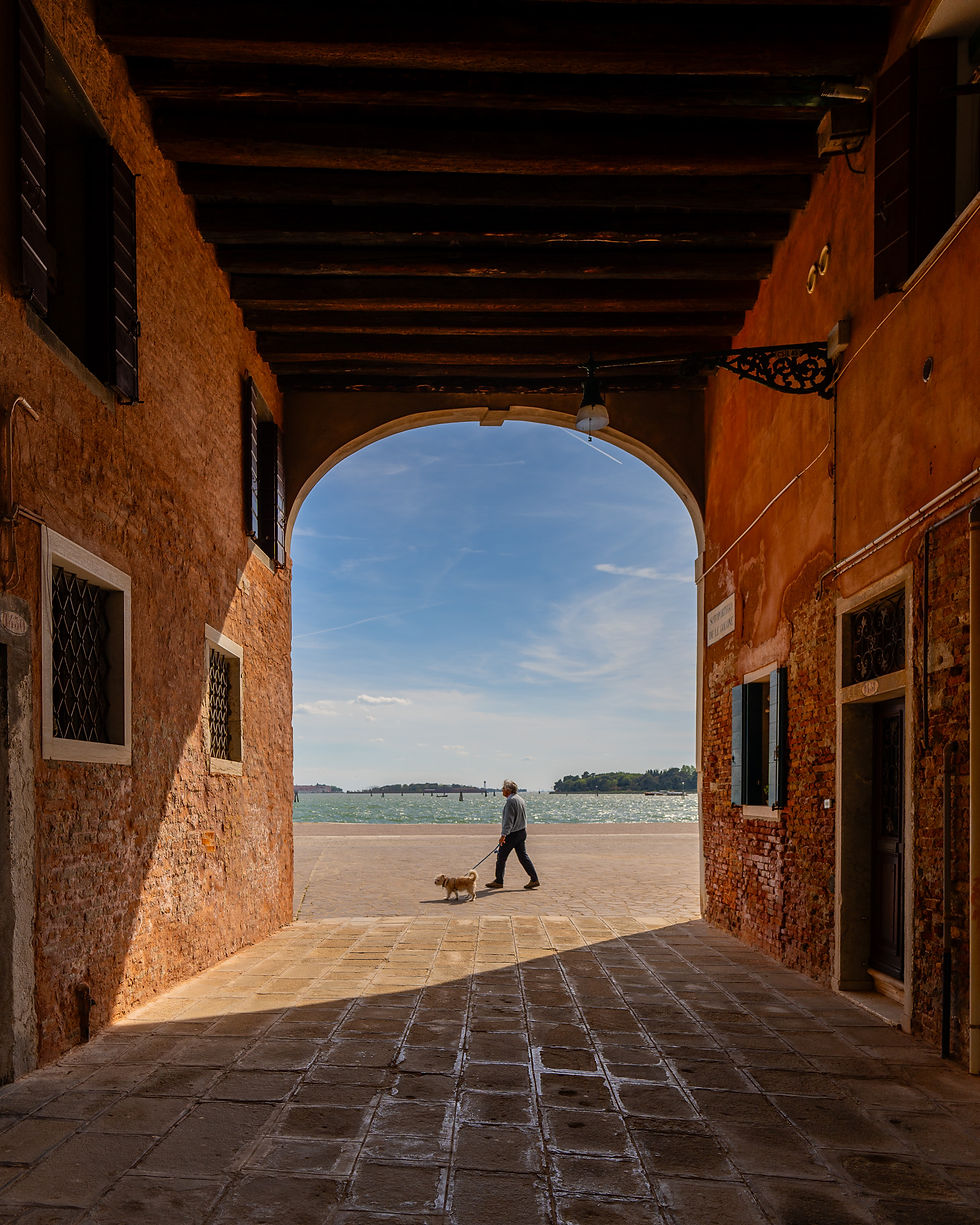
Do you find that these candid moments tell a deeper story about the individuals or the environment you photograph?
It depends. Sometimes, these types of images capture funny moments and accidental juxtapositions. Other times, they convey deeper ones. Most of the time, the interpretation lies in the eye of the viewer, as often happens in art. For almost every image, there is a wide spectrum of interpretations, ranging from funny and lighthearted to deeply meaningful. It depends not only on the person who recorded the image but also on the one who is viewing it.
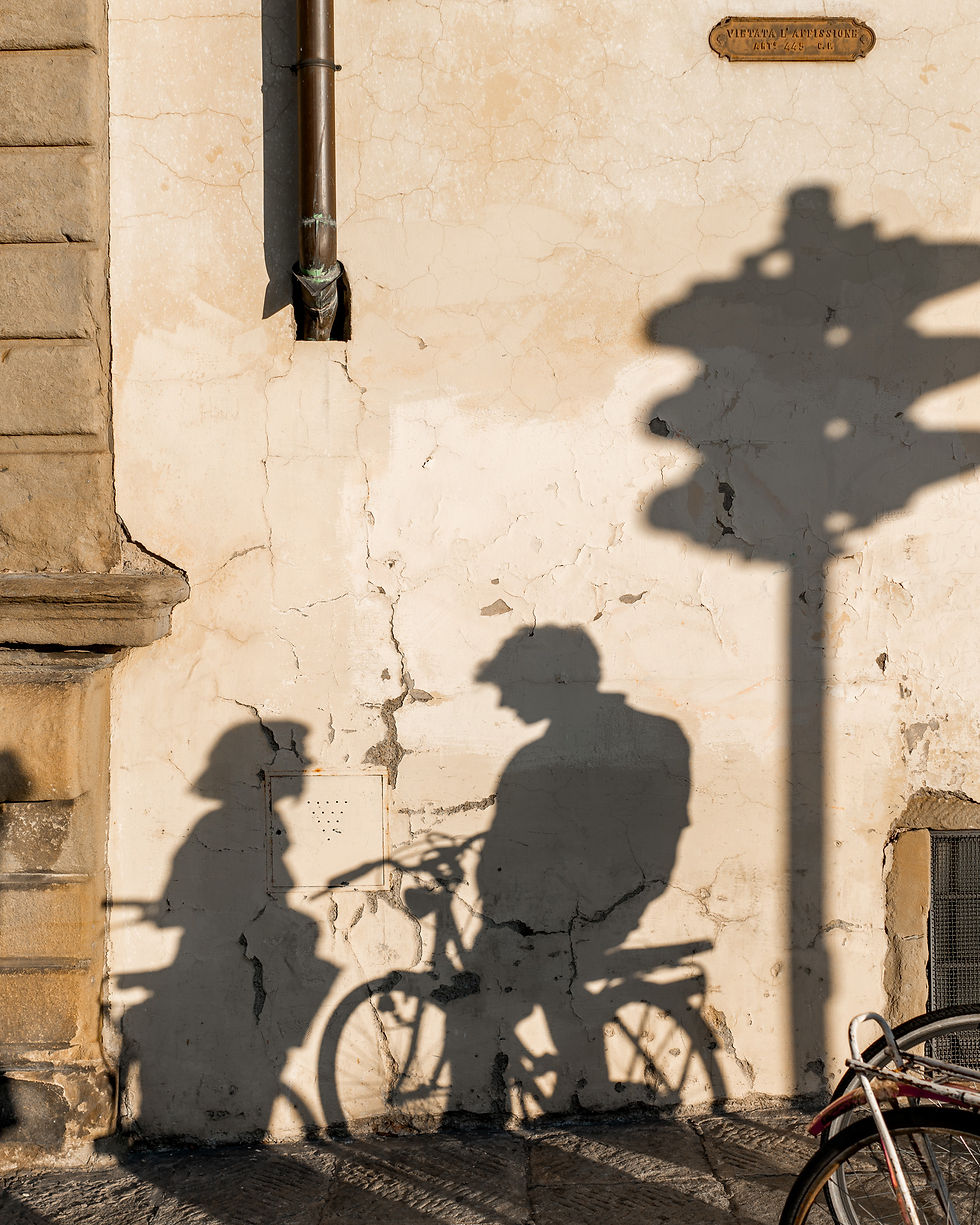
This series finds beauty in what might initially appear mundane. What drew you to focus on these aspects of life?
It’s a kind of balance for me. I’m known as a portrait and studio photographer, creating fashion images, celebrity portraits, advertising campaigns, corporate images, and so on. At first glance, you wouldn’t think of me as a photographer interested in “street photography,” but I am. It started as a necessary balance. Most of my images were staged, made in a studio, with everything controlled. After a while, I realized I needed, in my “free time,” to pursue a different type of photography in which I control nothing except the decision to walk endlessly on the streets with my eyes wide open and a camera in my hand. Of course, I’ve never abandoned portrait photography, which I love and consider my true expertise, but street photography is something I also enjoy, and I believe it keeps me balanced along the way.
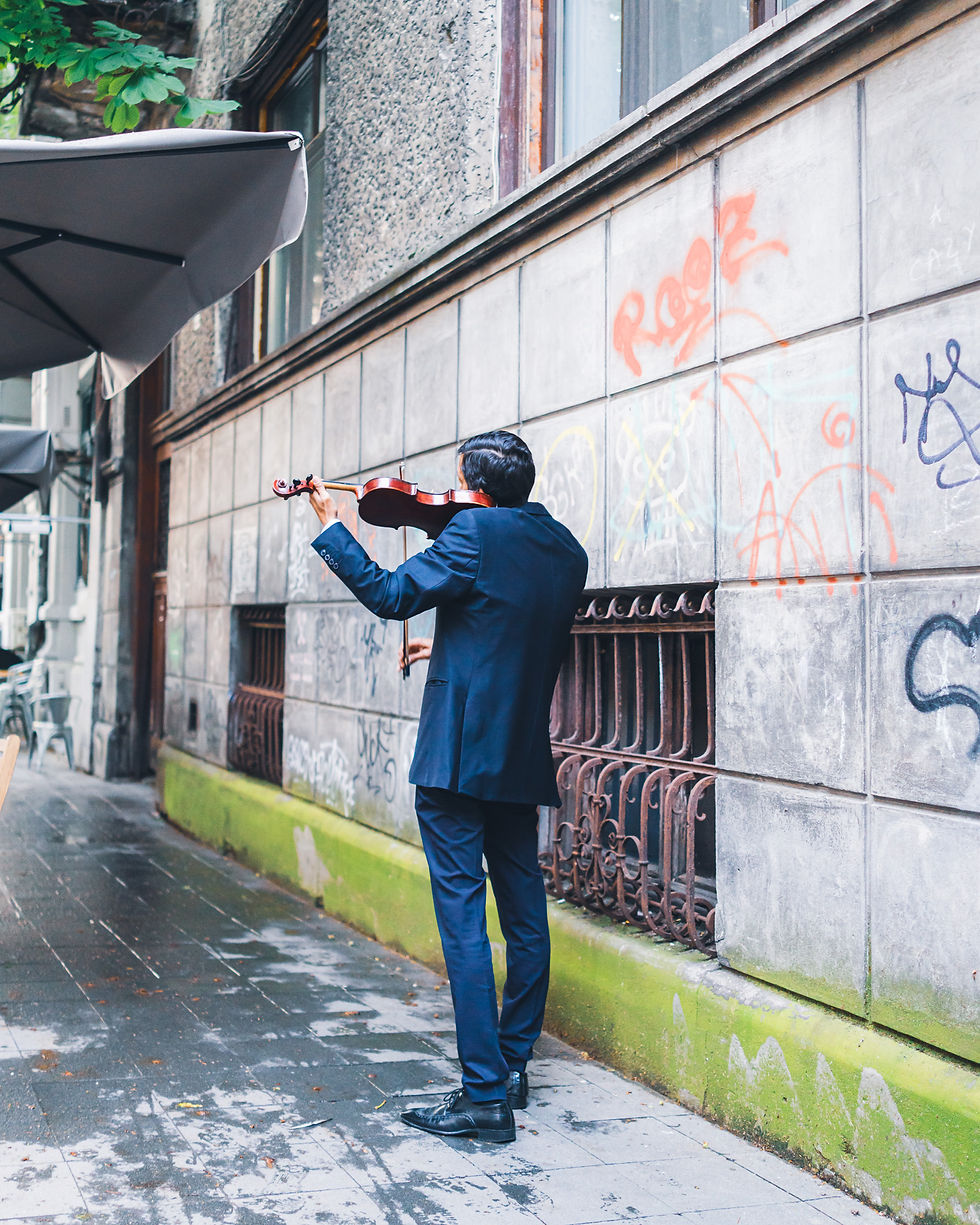
How do you define the concept of “finding” in the context of this series?
You have to see me as a portrait or studio photographer. This means most of my images are “constructed,” staged, and somewhat “invented.” In a studio or a location functioning as a studio, I control almost everything. I choose the frame, turn on the lights, direct the action and acting, and construct a compositional message. “Finding” in the context of the series means I control “nothing,” though not entirely nothing, as I still control my capacity to see and interpret things that are randomly happening in front of me. It is an exercise in seeing and interpreting this fabulous spectacle of life as it unfolds around me for those who consider it so.

Right Moment, Right Subject: Your work often focuses on capturing the right person or scene at the perfect moment. How do you sharpen this instinct as a photographer, and what advice would you give to others about staying present and aware to seize such moments?
I believe things are more philosophical than one might imagine. “To see” in this context means having the capacity to understand and decipher what’s happening around you. When someone sees something that impresses them, it means that something resonates with them in a very particular way, most of the time not related to the event itself but to one’s capacity, culturally speaking, to find meaning and value.
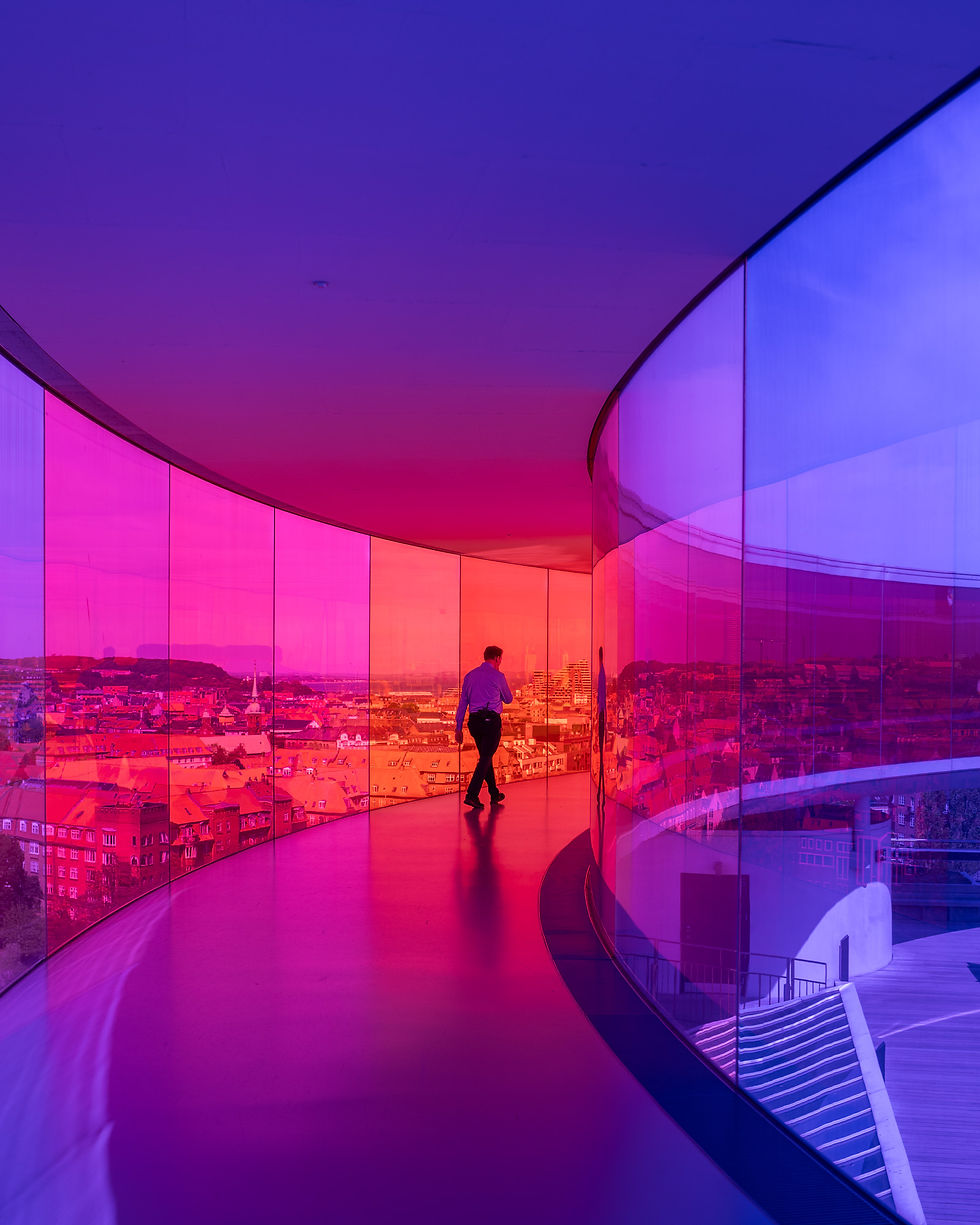
Are there new directions or projects you’re excited to explore in the future?
I’m always open to the new but without abandoning the old. I see my career as an evolution with a strong foundation in film photography, on which I’ve been able to build new layers of technology. I also believe I’ve evolved psychologically, philosophically, and emotionally in a way that helps me understand and embrace new things every day. I believe that even after 32 years of holding a camera in my hands, I’m still in a learning phase, and I hope I always will be. I think, without naming it, my future projects will follow this pattern.
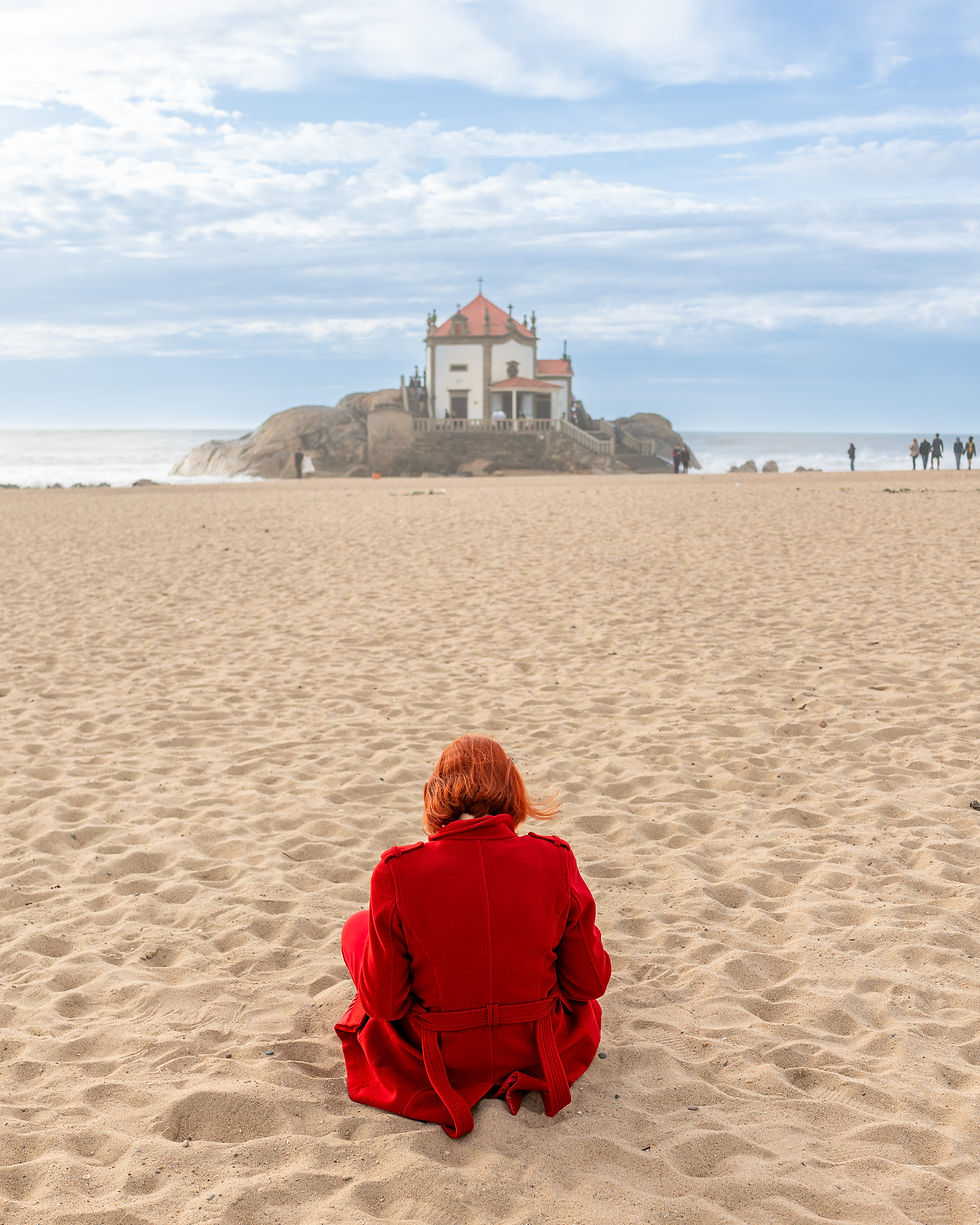



Comments